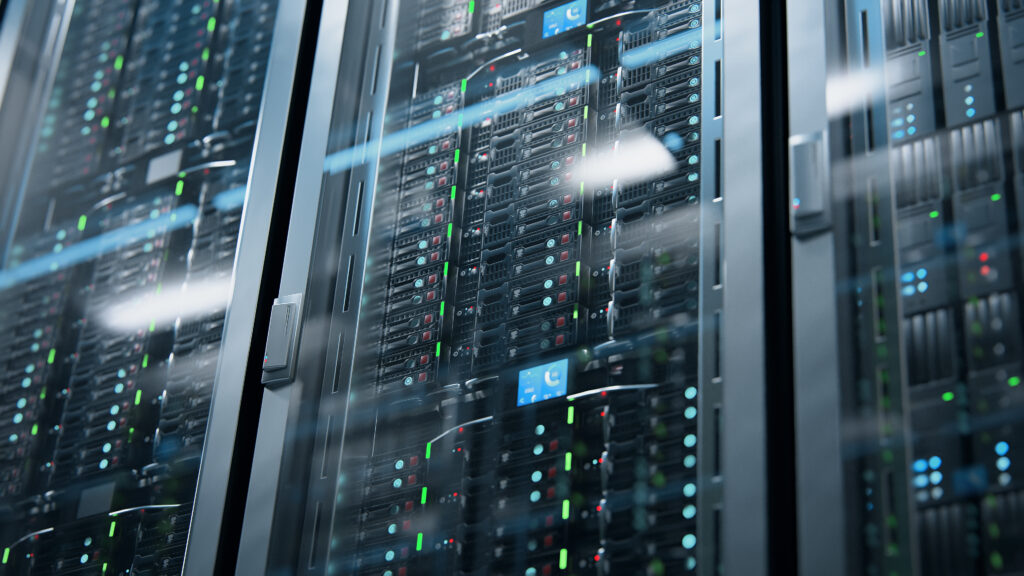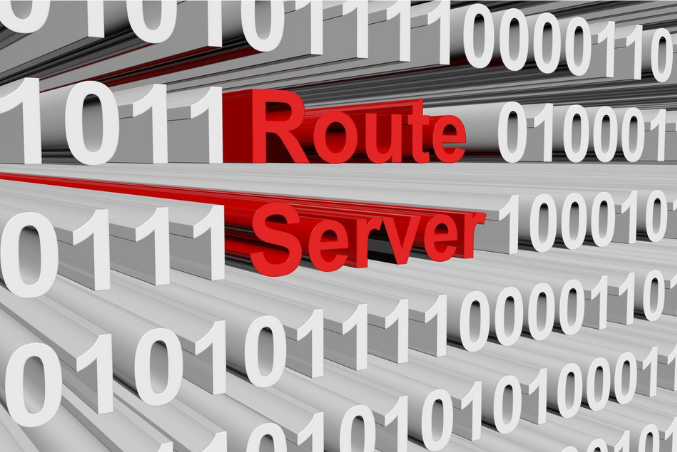Members may remember that a number of years ago we inherited a hosting environment called Bur.st, offering email, DNS, and web hosting with shell access. The system runs on a rather dated Linux distribution and we are pleased to announce a new approach to the system.
As a member benefit, we would like to offer interested members a new hosting environment with plesk access, DNS and mail, with the potential to offer a trimmed time bound shell access. We plan to offer this on a trial basis for the next 12 months to gauge whether members find it useful.
The existing Bur.st system would be decommissioned, as it cannot support appropriate security, such as SSH, so current users would have to migrate their own data over. We see this as a useful member benefit to professional members and those operating small businesses wanting a secondary DNS.
We will be in touch with users over the next couple of months to get the migration going.







